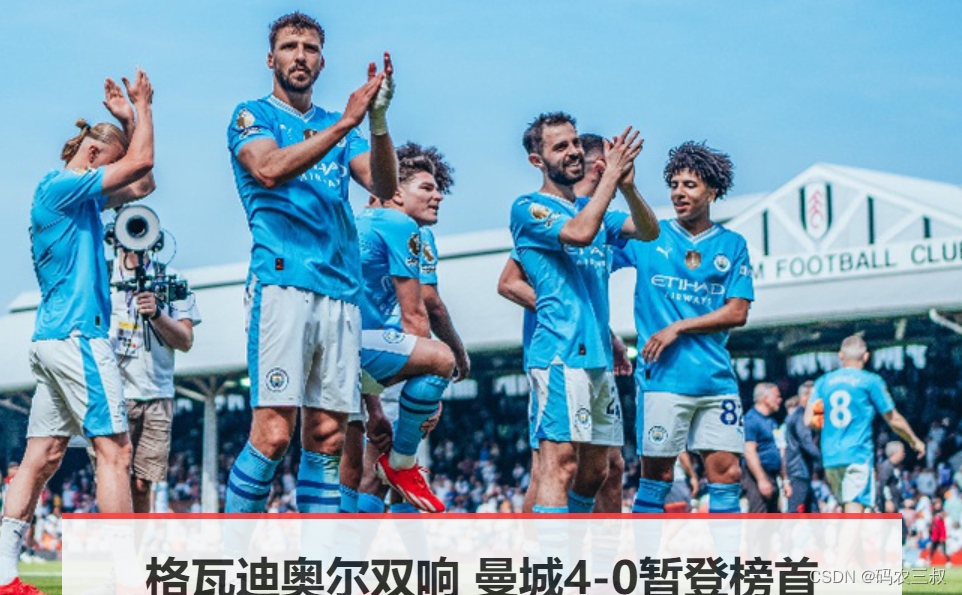
14.6.4 运行OCR模型
编写文件app\src\main\java\org\tensorflow\lite\examples\ocr\OCRModelExecutor.kt,功能是运行OCR模型,分别实现文本检测和文本识别功能。文件OCRModelExecutor.kt的具体实现流程如下所示。
(1)设置需要的常量属性,对应代码如下所示:
class OCRModelExecutor(context: Context, private var useGPU: Boolean = false) : AutoCloseable {
private var gpuDelegate: GpuDelegate? = null
private val recognitionResult: ByteBuffer
private val detectionInterpreter: Interpreter
private val recognitionI








 订阅专栏 解锁全文
订阅专栏 解锁全文
















 1139
1139

 被折叠的 条评论
为什么被折叠?
被折叠的 条评论
为什么被折叠?










